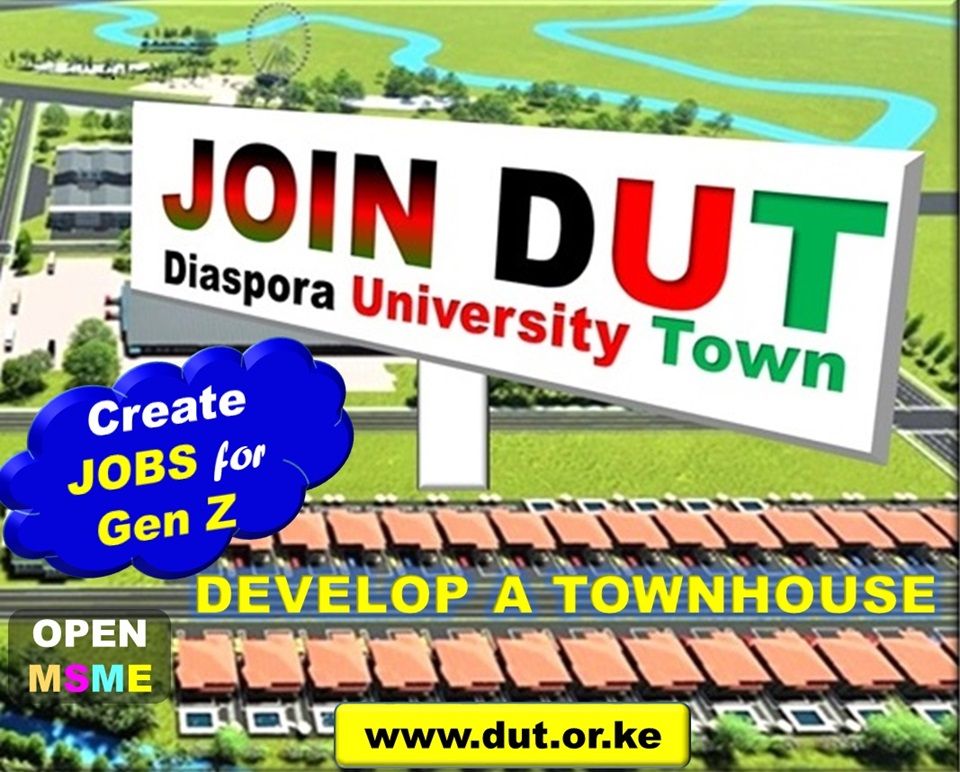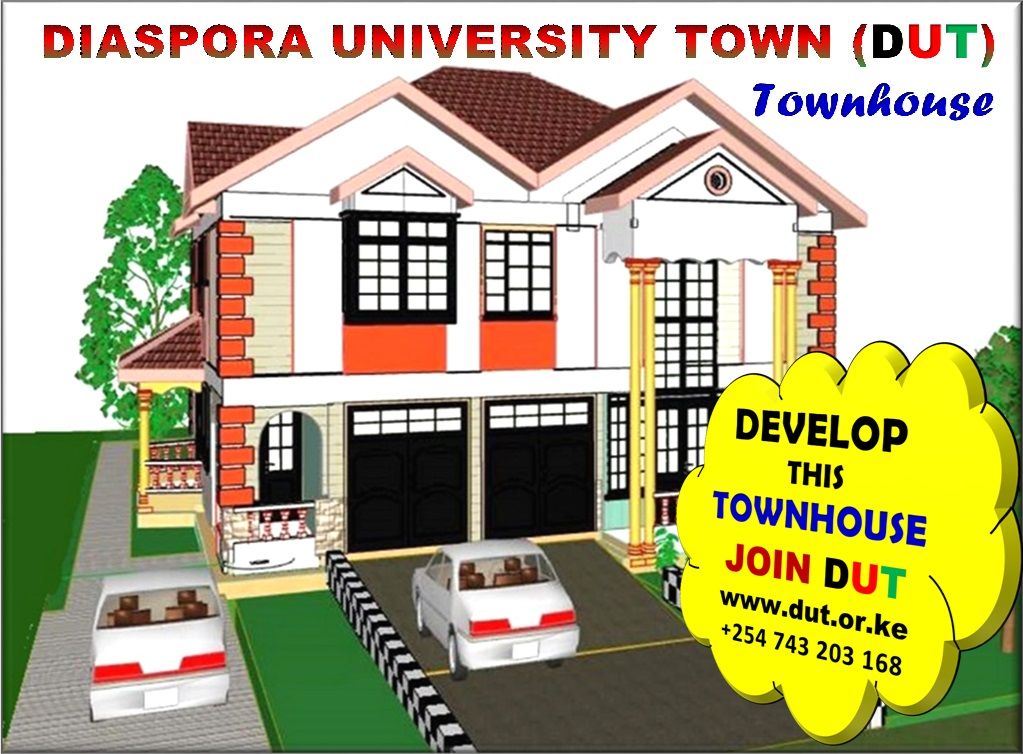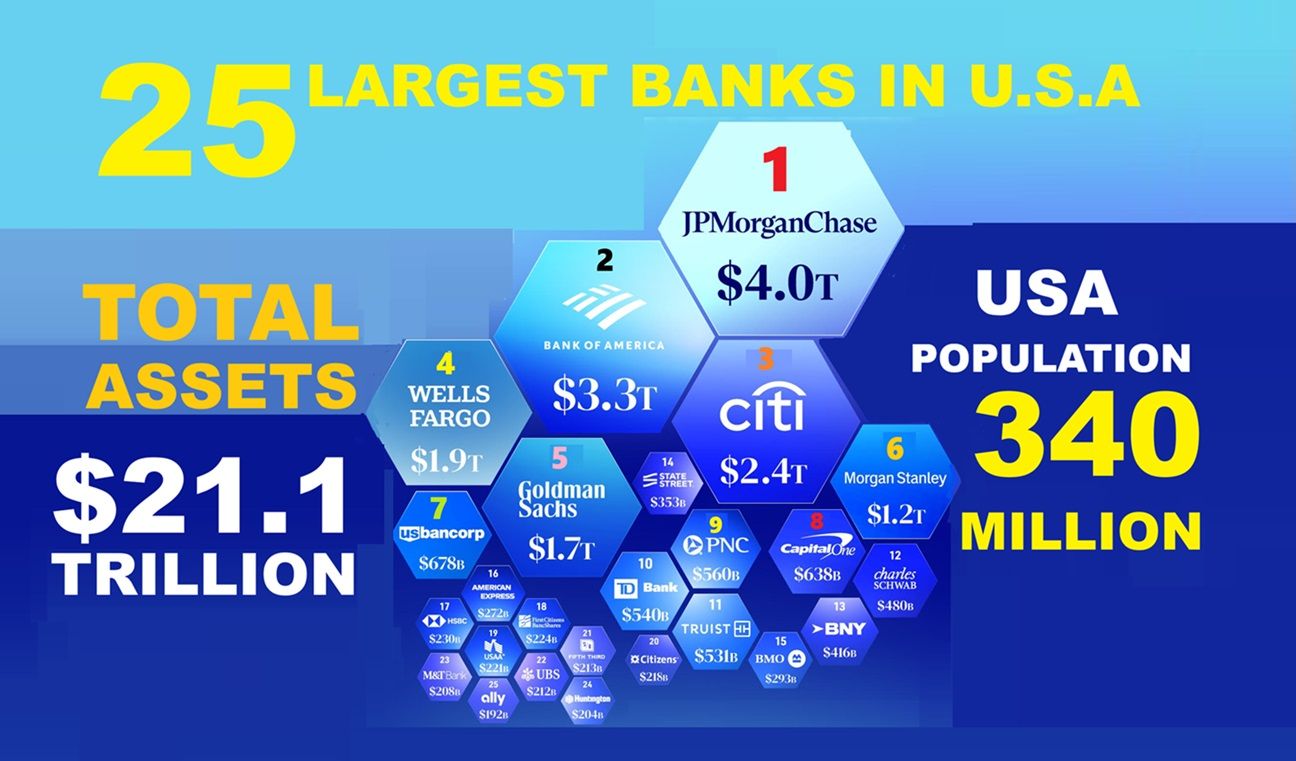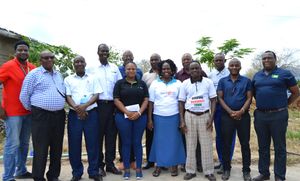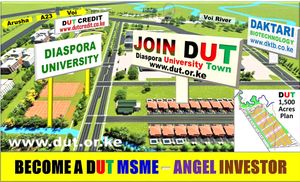Twenty-five (25) U.S. banks are reported to have assets totaling $21.1 trillion. In comparison, all Kenyan banks were reported in 2023 to have assets of approximately $70 billion. My name is Dan Kamau, the Executive Trustee of Diaspora University and the Project Director of Diaspora University Town. During my time in the U.S., I conducted research and concluded that Diaspora Kenyans can create trillions of new wealth for Kenya using the resources they have.
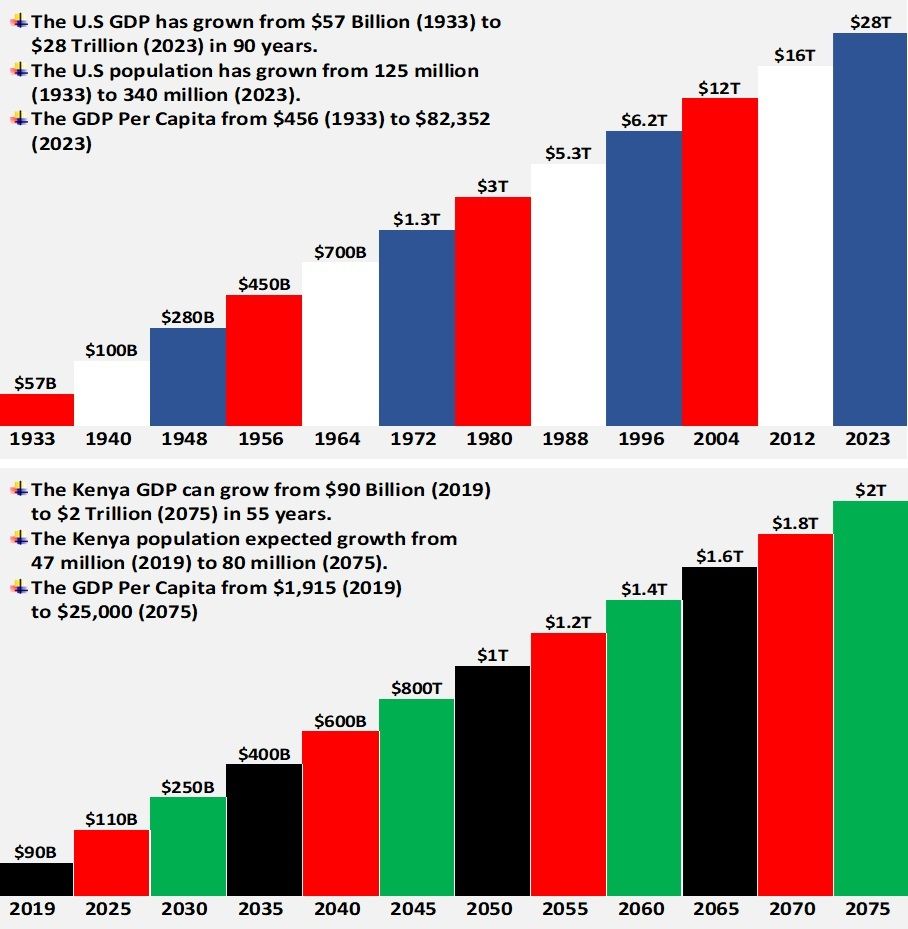
My research focused on the growth of the U.S. Gross Domestic Product (GDP) from $57 billion in 1933 to $3 trillion in 1980, and then to $12 trillion in 2004. As of 2024, the U.S. GDP has grown to a record $29 trillion. Additionally, I examined how Singapore's GDP has grown since 1960.
Singapore, encompassing 173,000 acres of land and home to 5.5 million residents, has attained a GDP of $500 billion. In contrast, Kenya, with about 145 million acres of land and a population of 52 million, has achieved a GDP of $110 billion. If Kenya had achieved the same GDP per capita as Singapore, Kenya's GDP would be $4.7 trillion.
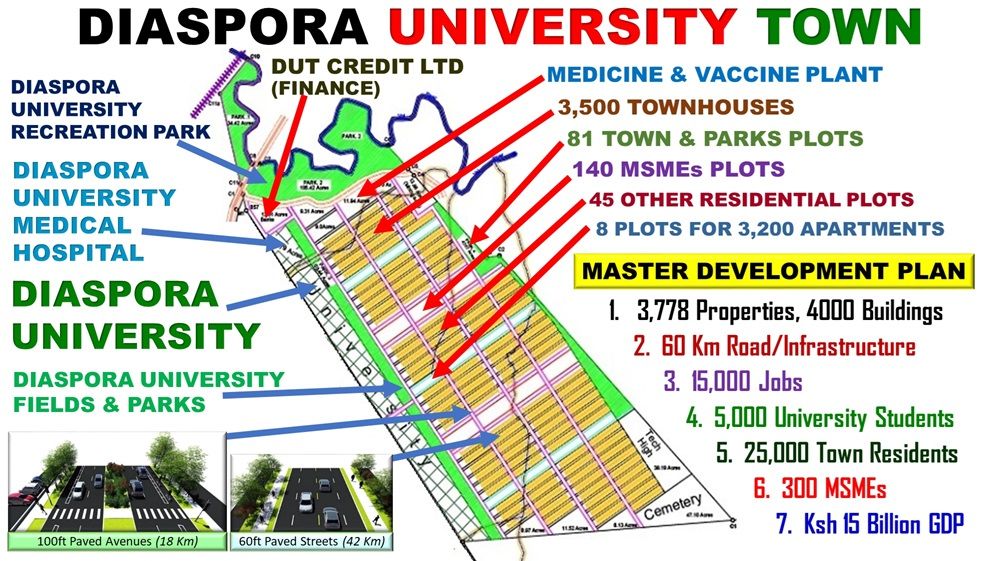
The Diaspora University Town (DUT) plan we are advancing in Voi, Taita Taveta, incorporates strategies and systems that have successfully contributed to the GDP growth of the United States and Singapore. The DUT plan aims to grow Kenya's GDP, thereby generating trillions of shillings in new wealth for Kenyans, both within the country and in the diaspora.
For GDP to grow, land resources must be utilized productively. When Kenyans enacted the Kenya Constitution in 2010, they recognized this necessity. Article 60 of the Constitution of Kenya stipulates that land shall be held, used, and managed in a manner that is productive and sustainable. The goal of the DUT plan is to have some of Kenya's 142 million acres contribute to Kenya's GDP growth.
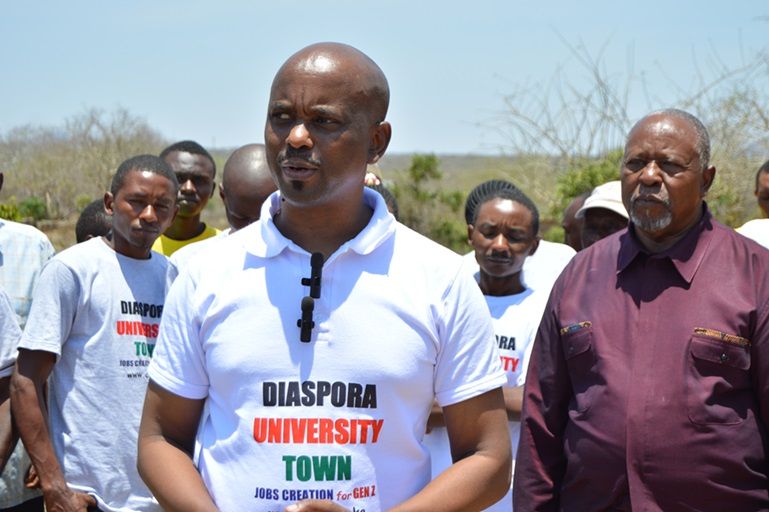
The second essential resource for GDP growth is human resources. In Kenya, which has a population of approximately 52 million, about half of the population consists of human resources. This equates to roughly 26 million producers. The Gross Domestic Product (GDP) increases when human resources generate goods and services that meet the needs of the entire population, support the environment, and address global demands.
The third resource is money resources. One of Kenya's money resources is the Diaspora Remittances. From 2004 to 2024, the Kenyan diaspora remitted $39 billion, approximately Ksh 4 trillion. However, this money resulted in minimal GDP growth and, consequently, created very little new wealth.
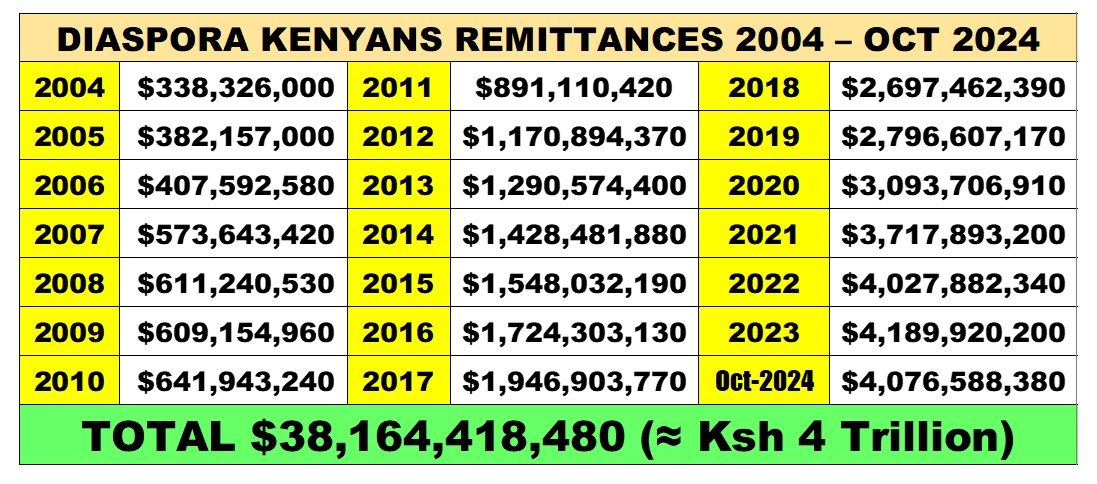
Diaspora Kenyans today possess two resources that can drive GDP growth and generate new wealth: human intellectual capital and money capital, as evidenced by remittances. What has been missing is a GDP growth plan.
The DUT plan is now ready to grow Kenya's GDP. The plan employs strategies and systems similar to those that contributed to the growth of the U.S. GDP to $29 trillion and Singapore's GDP to $500 billion. This plan aims to create jobs, develop property, grow bank assets, and grow wealth through Micro, Small, and Medium Enterprises (MSMEs).
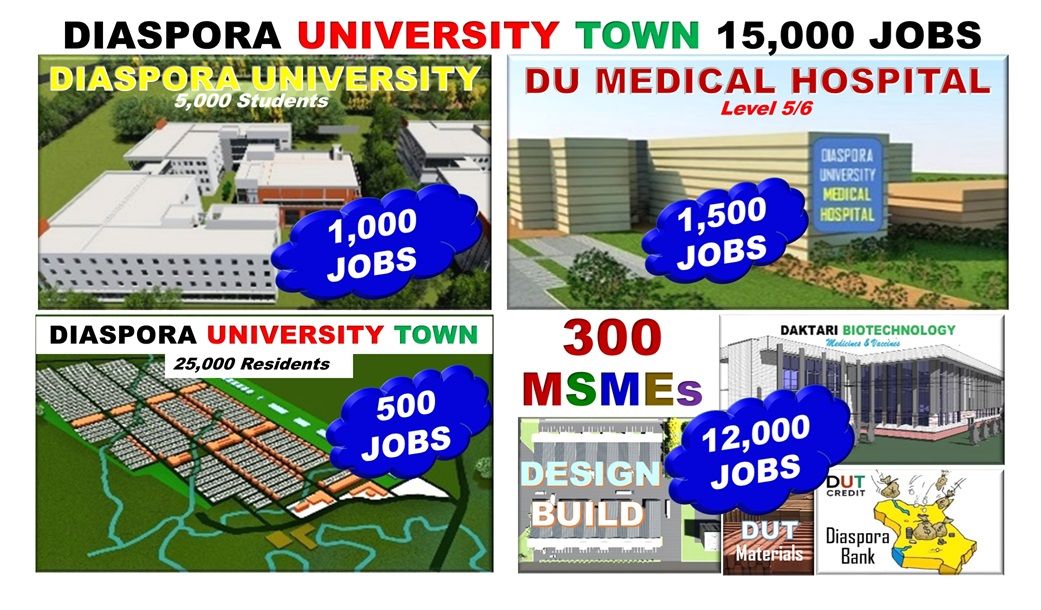
By 2030, as diaspora Kenyans remit about $25 billion over the next six years, the DUT plan's goal is to capture about 10% of the remittances. The money will be incorporated into MSME plans and in the property development of townhouses, apartments, and other residential properties. The MSMEs and property will be in different locations that will have clean and healthy environment plans. The newly created MSMEs and property wealth will be valued in the trillions of shillings as Kenya's GDP quadruples to $400 billion, about Ksh 40 trillion.
